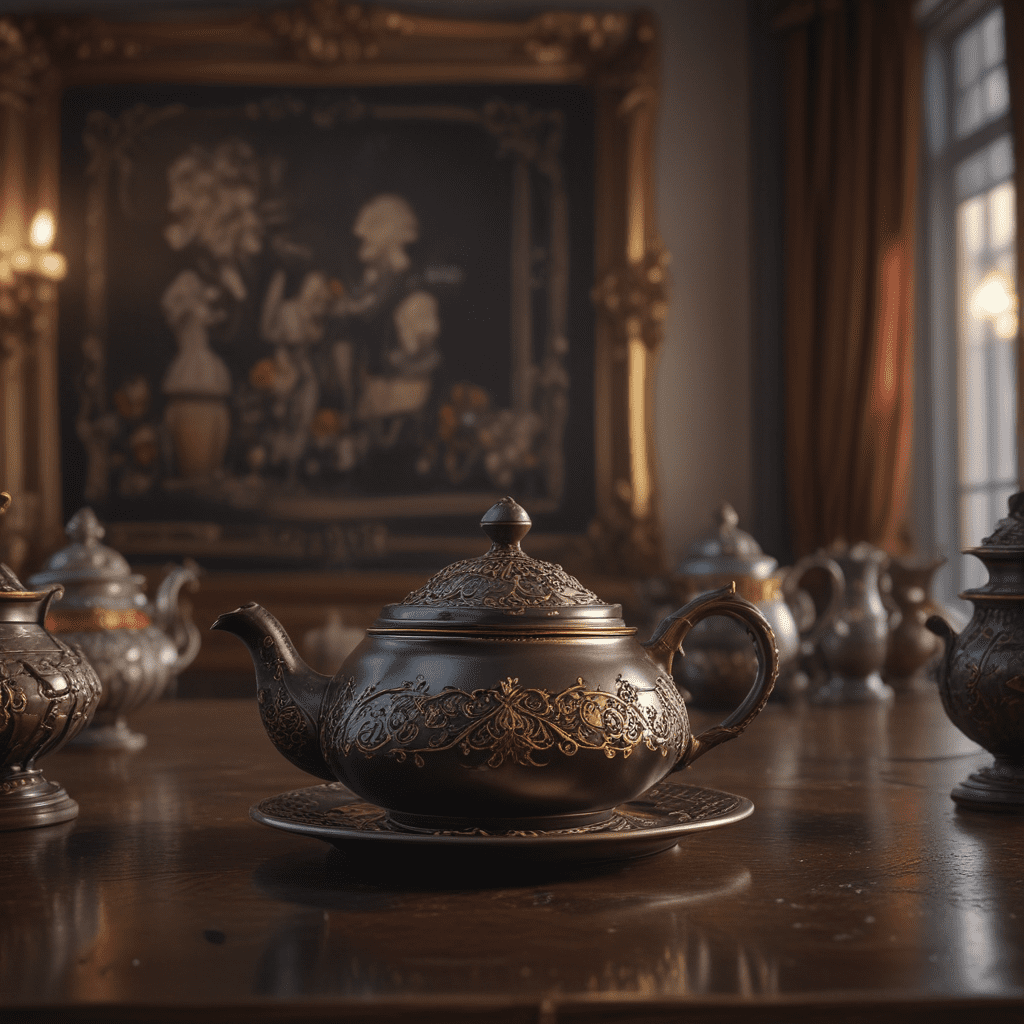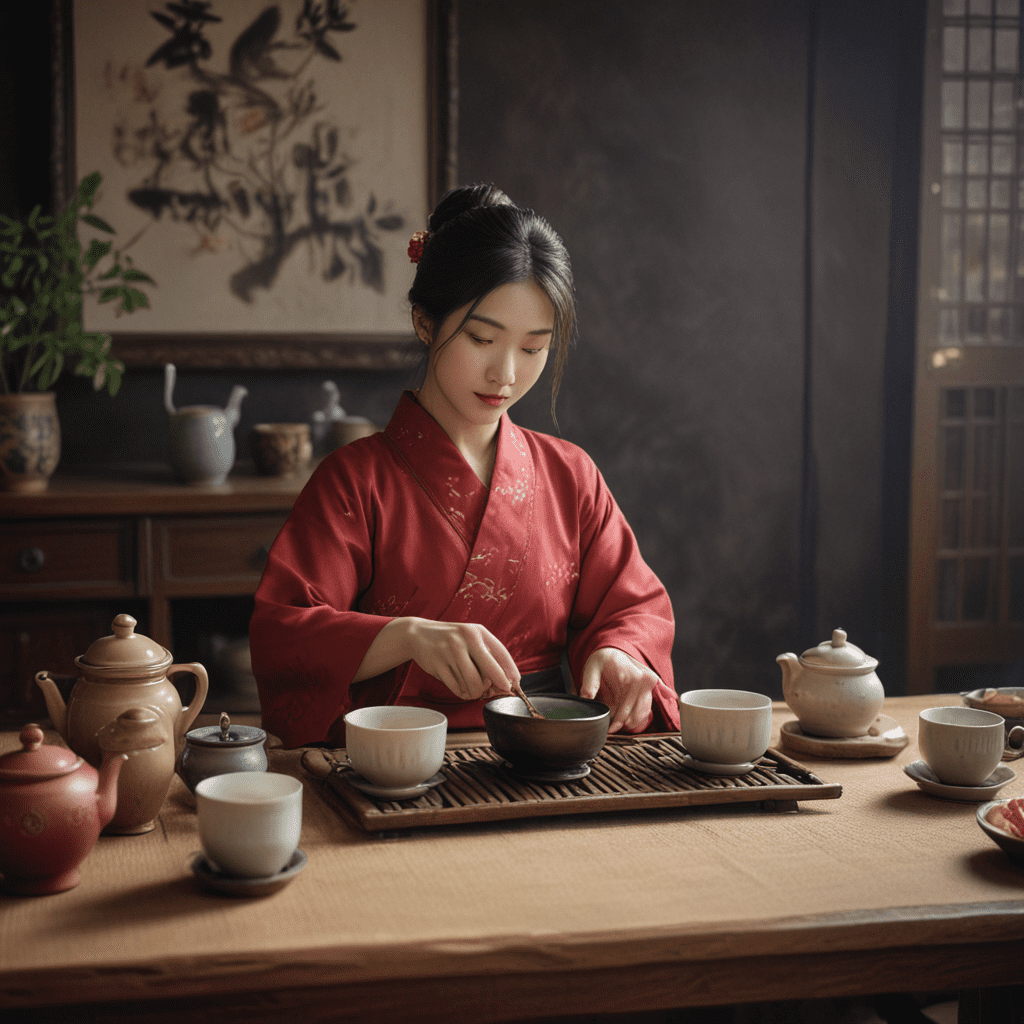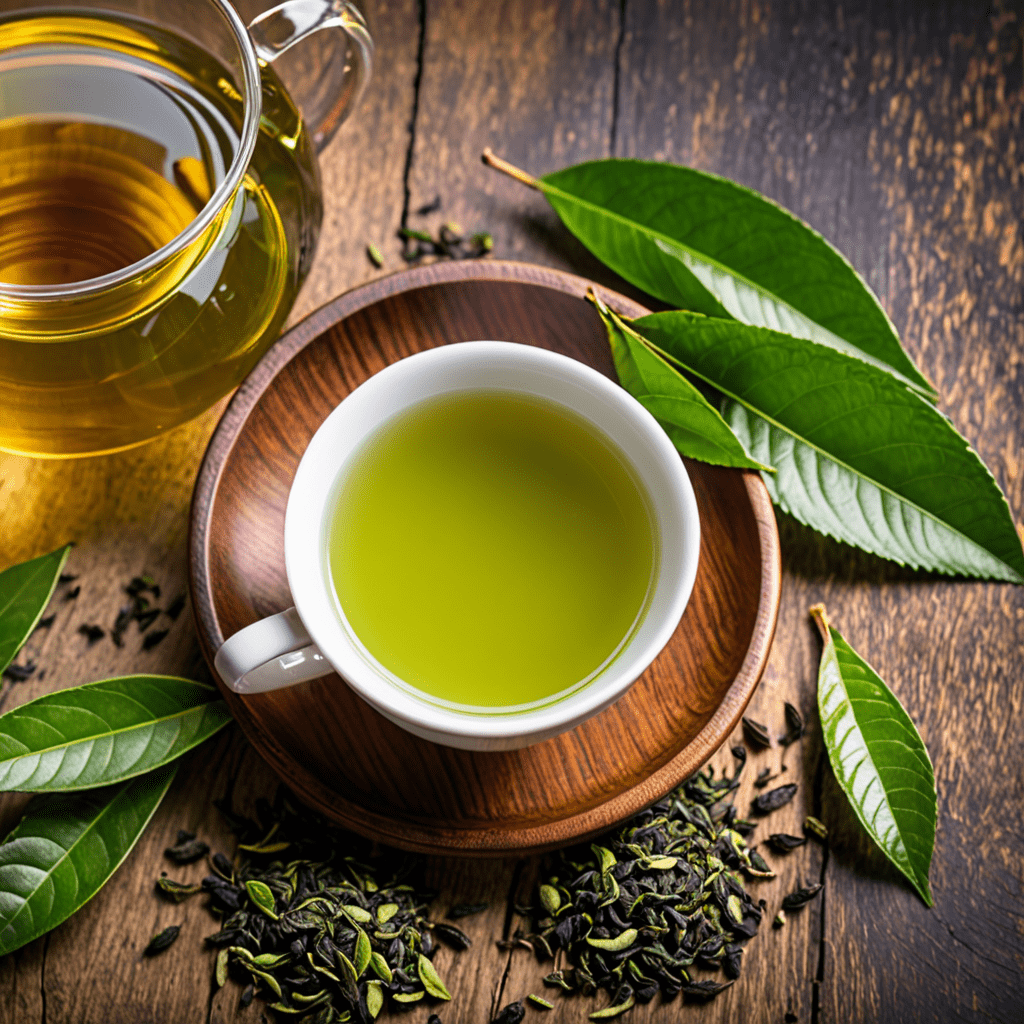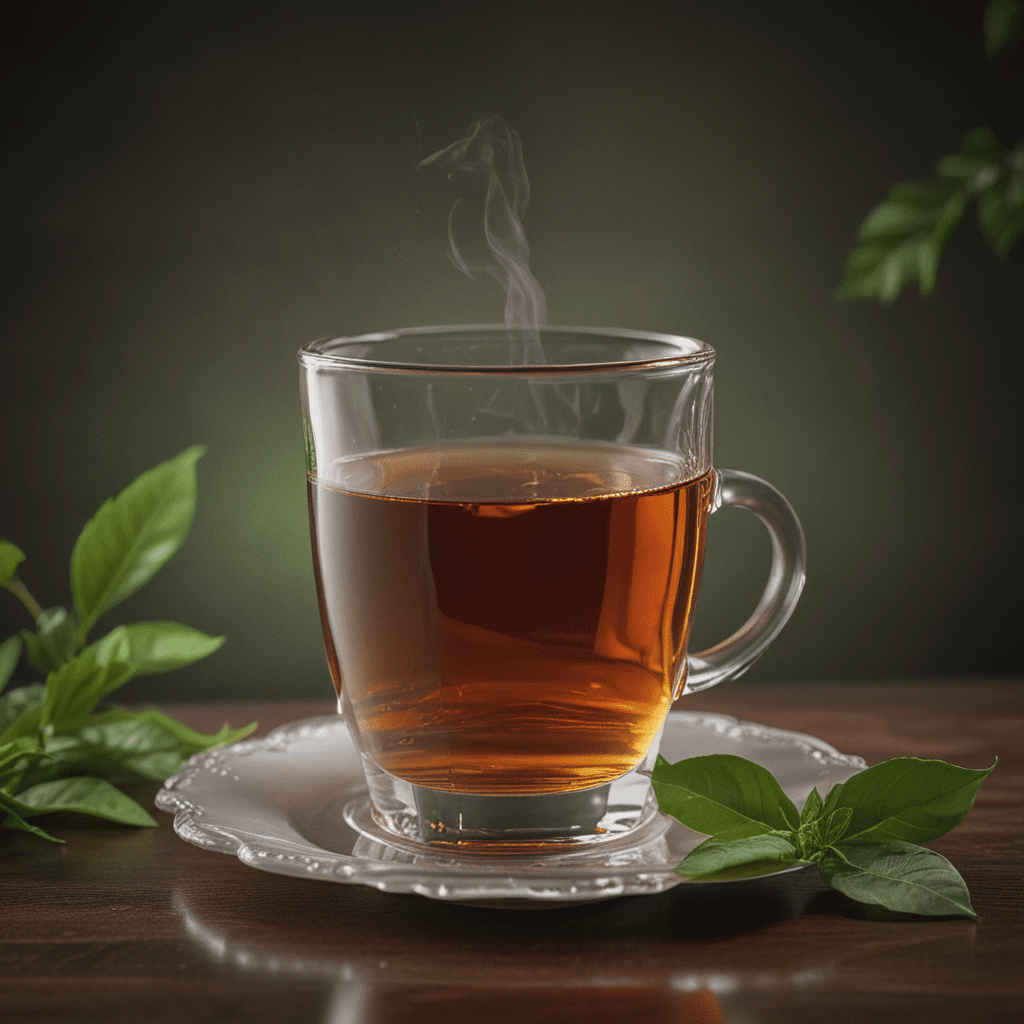Tea Cosies and Teapots: Quirky Essentials of British Tea Culture
I. Introduction
The British are renowned for their love of tea. It is not simply a beverage but a cultural cornerstone, deeply ingrained in daily life and social rituals. Tea time, a cherished tradition, transcends mere refreshment; it is an occasion for relaxation, connection, and comfort.
At the heart of this cherished ritual lie two quirky essentials: the tea cosy and the teapot. These seemingly simple objects embody the spirit of British tea culture, adding a touch of whimsy and warmth to the everyday act of brewing and enjoying a cuppa.
In this article, we delve into the world of tea cosies and teapots, exploring their history, cultural significance, design diversity, and enduring relevance in contemporary British life.
II. The History of Tea Cosies and Teapots in Britain
The story of tea in Britain begins in the 17th century, when the East India Company introduced this exotic beverage to the shores of England. The popularity of tea soared, and by the 18th century, it had become an integral part of British culture.
Tea cosies emerged alongside this burgeoning tea culture. Invented in the 18th century, these cozy coverings were designed to keep teapots warm, ensuring a perfectly brewed cup even in drafty British homes. Initially made of wool or flannel, tea cosies evolved over time, showcasing a wide range of materials, designs, and colors.
Teapots, on the other hand, have a longer and more intricate history. Early teapots were made of silver or porcelain, often adorned with intricate designs and reflecting the wealth and status of their owners. As tea consumption became more widespread, teapots were manufactured from less expensive materials like earthenware and pewter, making them accessible to a wider population.
III. The Cultural Significance of Tea Cosies
Beyond their practical purpose of keeping tea warm, tea cosies hold a deeper cultural significance in Britain. They serve as expressions of personality and creativity, with designs ranging from whimsical animals and floral patterns to iconic landmarks and literary characters.
In many British homes, tea cosies are considered treasured heirlooms, passed down through generations. They evoke a sense of nostalgia and comfort, reminding people of cherished childhood memories and cozy family gatherings around the teapot.
VI. The Evolution of Teapots in Britain
Teapots in Britain have undergone a remarkable transformation over the centuries, mirroring changing tastes and technological advancements.
Early teapots were often crafted from silver, a testament to their association with luxury and high social standing. Ornate designs and intricate chasing were common, reflecting the craftsmanship and artistic sensibilities of the era.
As tea consumption became more widespread, ceramic teapots gained prominence. Earthenware and porcelain offered a more affordable alternative to silver, while still allowing for decorative elements and intricate shapes. The iconic British teapot design, with its rounded body, curved spout, and comfortable handle, emerged during this period.
The Industrial Revolution ushered in a new era for teapot production. Mass production techniques made teapots more accessible to the working class, while advancements in materials like pewter and stainless steel led to more durable and affordable options.
The 20th century witnessed a surge in teapot design innovation. Art Deco influences brought sleek, geometric forms, while the rise of Pop Art introduced bolder colors and playful patterns. Modern materials like glass and plastic also made their way into teapot design, offering a contemporary twist to the traditional beverage.
Today, British teapot design encompasses a diverse spectrum, from classic Victorian styles to contemporary minimalist forms. Whether handcrafted by artisan potters or mass-produced by renowned brands, British teapots continue to be treasured objects, reflecting both tradition and innovation.
VII. Quirky and Unique Teapots
Beyond the realm of conventional teapots lies a world of quirky and unique designs that capture the British spirit of eccentricity and humor.
Novelty teapots, often crafted by independent artists or small workshops, push the boundaries of traditional form and function. Animal-shaped teapots, from playful penguins to majestic elephants, add a touch of whimsy to the tea table. Teapots adorned with humorous slogans or quirky illustrations evoke laughter and lightheartedness.
Themed teapots, catering to specific interests and hobbies, hold a special place in the hearts of collectors. From vintage travel-themed teapots adorned with iconic landmarks to sports-themed teapots showcasing team logos, these unique creations reflect the diverse passions of tea enthusiasts.
The popularity of quirky and unique teapots underscores the enduring fascination with tea as a cultural touchstone in Britain. These unconventional designs not only serve as functional objects but also express individual personalities, adding a playful twist to the quintessential British tradition of tea drinking.
VIII. Tea Cosies and Teapots in Contemporary Culture
In contemporary Britain, tea cosies and teapots retain their relevance as symbols of comfort and cultural heritage.
While modern homes may be better insulated and equipped with electric kettles, the tradition of using a tea cosy persists. It is seen as a way to prolong the enjoyment of a freshly brewed cup, savoring the warmth and aroma of the tea. Moreover, tea cosies continue to be cherished as decorative items, adding a touch of charm and personality to kitchen interiors.
Teapots, too, remain an integral part of British tea culture. Whether passed down through generations or newly purchased, they serve as tangible links to the country's rich tea-drinking history. The act of brewing tea in a teapot, using loose leaves and a strainer, is often seen as a mindful ritual, a moment of pause and reflection amidst the busyness of daily life.
The enduring popularity of tea cosies and teapots in Britain speaks to their ability to evoke a sense of nostalgia, comfort, and community. They represent a cherished tradition, passed down through generations, and continue to hold a special place in the hearts of tea lovers across the nation.
IX. Frequently Asked Questions
What is the best material for a tea cosy?
Tea cosies can be made from various materials, each offering different advantages. Wool and fleece are popular choices for their excellent heat-retaining properties. Cotton and linen tea cosies are breathable and lightweight, making them suitable for warmer climates. For those seeking a more sustainable option, tea cosies made from recycled materials or natural fibers like hemp or bamboo are becoming increasingly popular.
What is the most iconic teapot design?
The quintessential British teapot design is characterized by a rounded body, a curved spout, and a comfortable handle. This classic form, often associated with Victorian-era tea culture, remains a popular choice for its timeless elegance and functionality.
Where can I find unique and quirky teapots?
Independent craft stores, online marketplaces specializing in teaware, and antique shops are excellent sources for discovering unique and quirky teapots. Many artisan potters and small workshops also create one-of-a-kind teapots that showcase their creativity and artistry.
How do I care for my tea cosy?
Most tea cosies can be gently hand-washed with warm water and a mild detergent. Allow the cosy to dry completely before storing it. For wool or fleece tea cosies, avoid using hot water or harsh chemicals, as these can damage the fibers.
How do I choose the right teapot for my needs?
Consider the size of your household and how frequently you drink tea when choosing a teapot. If you are a regular tea drinker, a larger teapot may be more convenient. If you prefer smaller portions, a smaller teapot would suffice. The material of the teapot is another important factor to consider. Porcelain and stoneware teapots retain heat well, while glass teapots allow you to observe the brewing process. Ultimately, the best teapot for you is one that meets your personal preferences and brewing habits.



